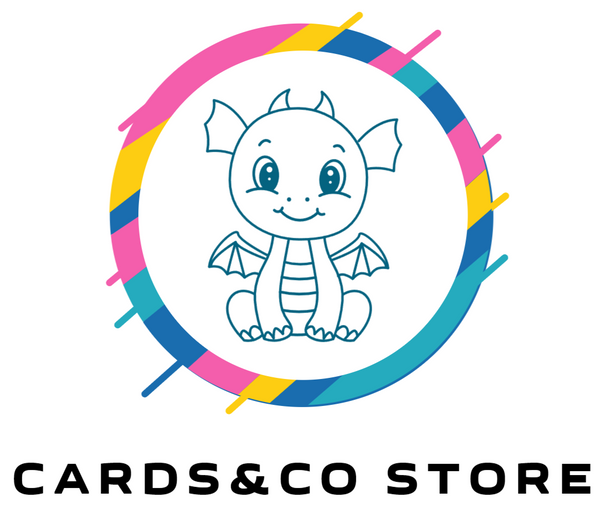Pokemon Card Condition Guide: Everything You Need to Know to Choose the Right One
Share
When collecting Pokémon cards, quality is an essential criterion. The condition of a card has a direct impact on its market value and the pleasure you will have in displaying or playing it. Let's discover together the different conditions of a Pokémon card, from the most perfect to the most worn.
Why is the condition of a card important?
The condition of a Pokémon card is assessed based on its overall appearance, edges, corners, and any signs of wear. A near-mint condition will ensure that the card will last longer and will have a greater potential added value.
The different states of a Pokémon card
Here are the main states you may encounter when buying or selling Pokémon cards:
Mint (MT) : A Mint card is considered brand new, fresh out of the pack. It has no visible defects or signs of handling. The edges are perfectly crisp and the corners are impeccable.
Near Mint (NM) : Very close to Mint condition, a Near Mint card may have very slight imperfections, almost invisible to the naked eye. These can be tiny white dots on the edges or very light scratches.
Excellent (EXC) : An Excellent card has some more visible flaws than a Near Mint. The edges may be slightly worn, and there may be more micro-scratches or small white dots.
Good (GD) : A card in Good condition has more pronounced defects than previous ones. The edges may be more worn, the corners slightly irregular, and more significant scratches may be observed.
Light Played (LP) : A Light Played card has been used for play. It has more significant signs of wear, such as scratches, light creases, or slightly damaged corners.
Played (PL) : A Played card has been used a lot. It has significant defects, such as deep creases, damaged corners, or deep scratches.
Poor (PO) : A Poor card is in very poor condition. It is very worn and has many defects.
How to assess the condition of a card?
To assess the condition of a card, it is recommended to examine it under good light and with a magnifying glass if necessary. The elements to observe are:
- Edges : Are they perfectly clean or do they have wear, dents or scratches?
- Corners : Are they perfectly straight or are they uneven or damaged?
- Surface : Does the card have any scratches, creases, stains, or glue or pen marks?
- Back : Is the back of the card uniform or does it have any defects?
Why grade your cards?
Grading is the process of having a card professionally graded for condition and then encased in a protective plastic case. This helps ensure the authenticity and condition of the card, and can greatly increase its value. The main grading companies are PSA, CGC, and Beckett. For more information on grading companies, see our article
The condition of a Pokémon card is an essential element to take into account when buying or selling. By knowing the different conditions and knowing how to evaluate them, you will be able to make informed choices and build a quality collection.
Don't hesitate to consult our other articles to learn more about the world of Pokémon cards or to discover our graded or individual Pokémon cards to complete your collection!
